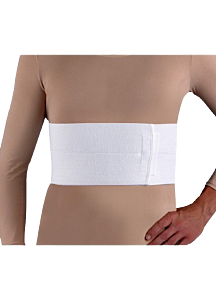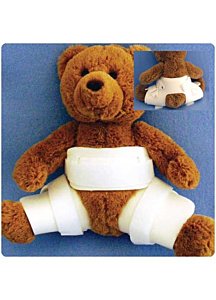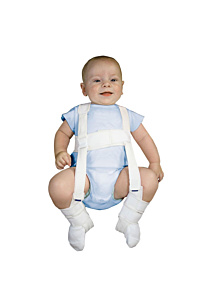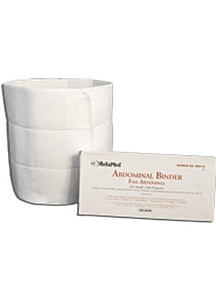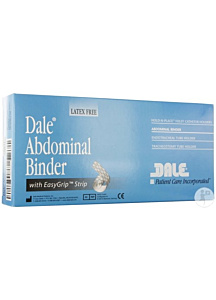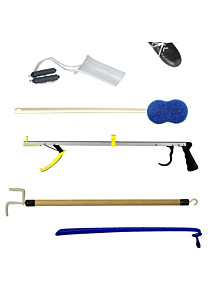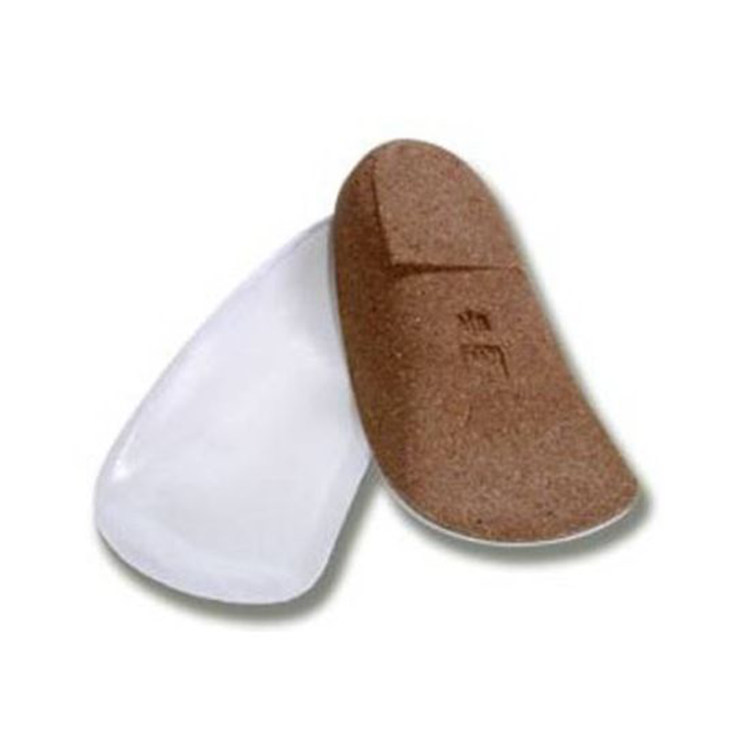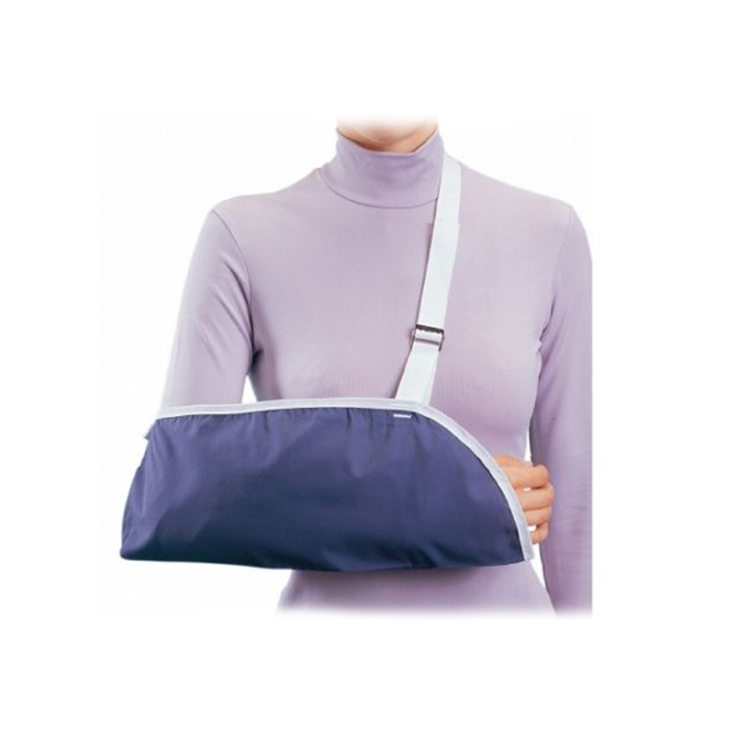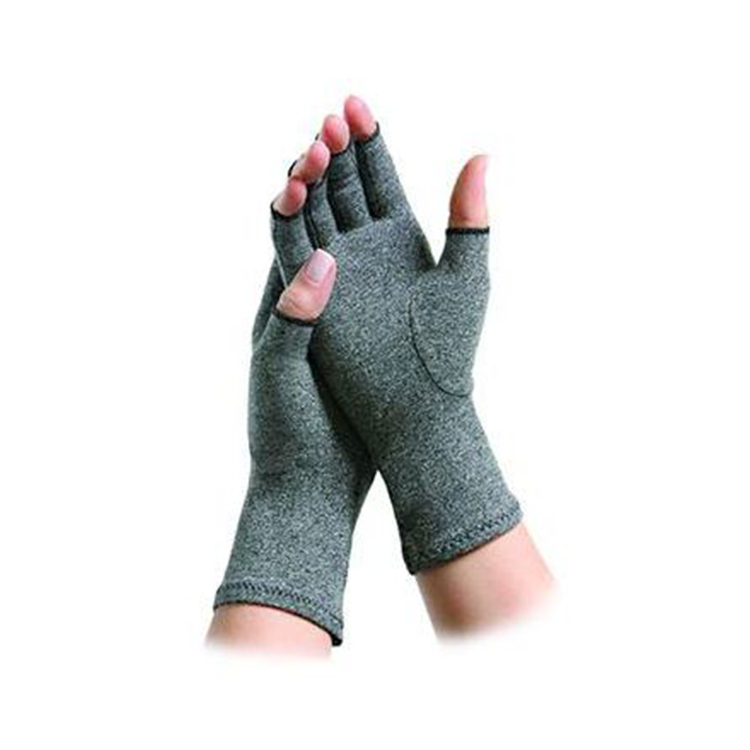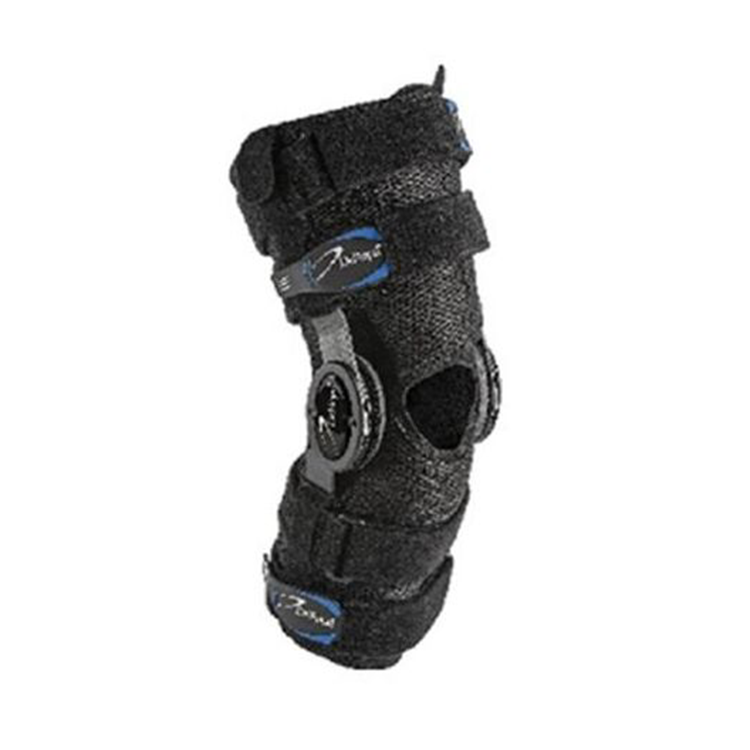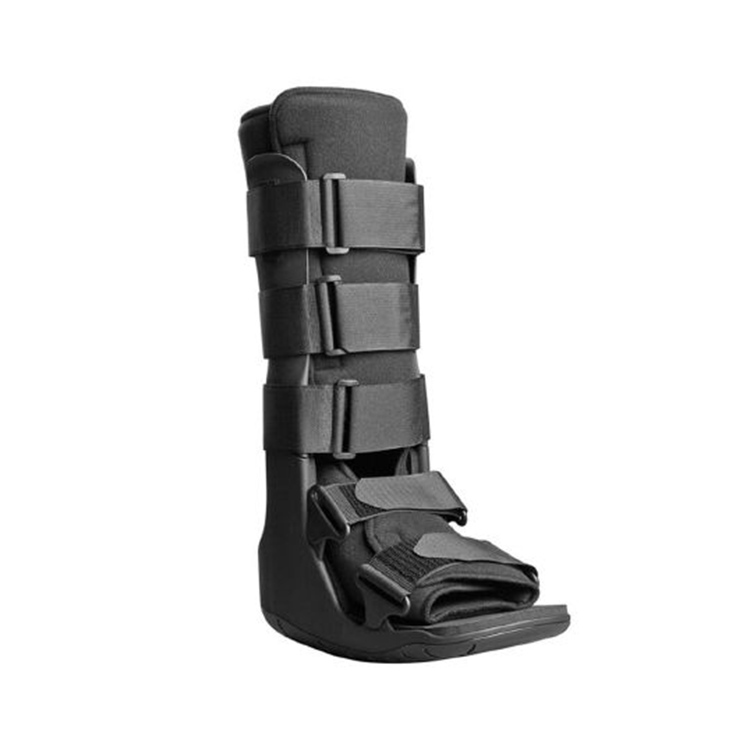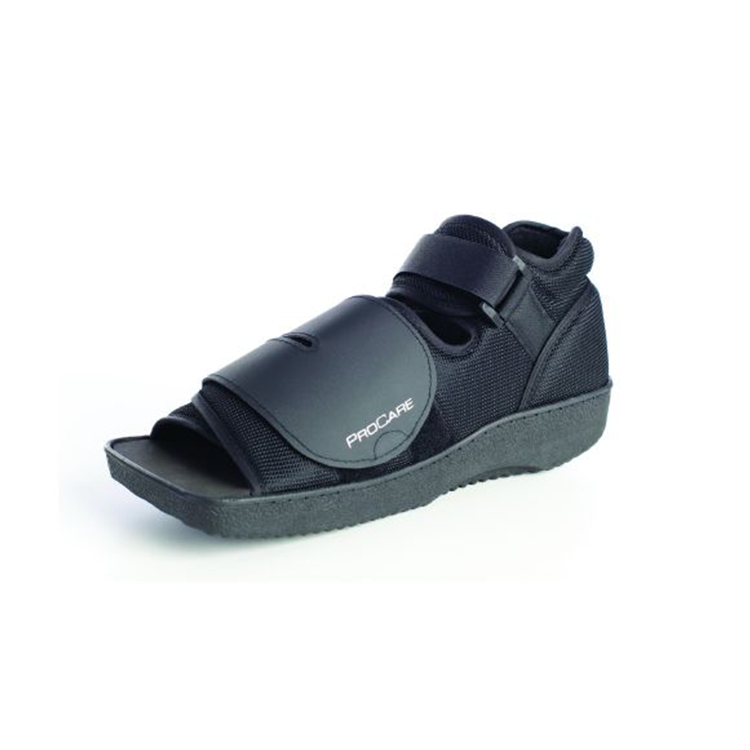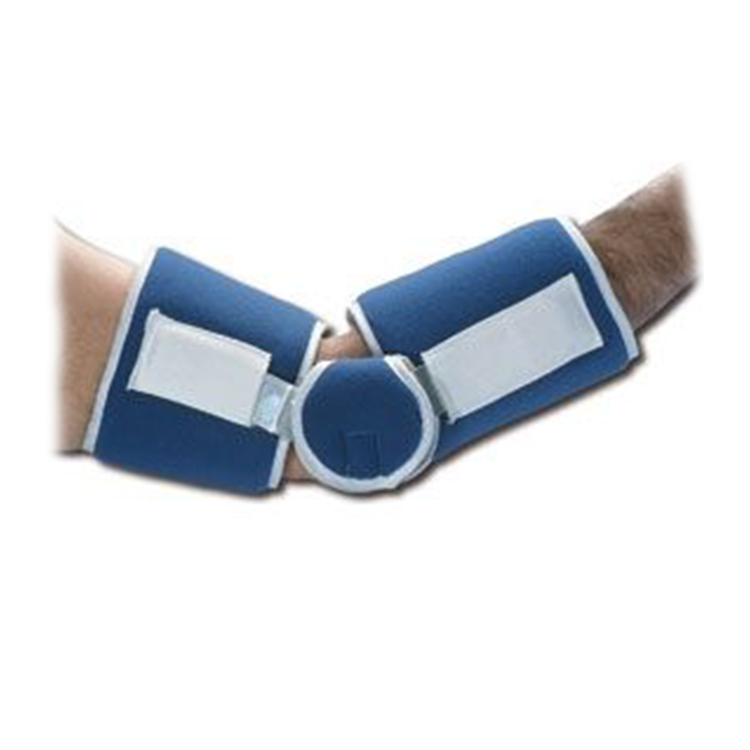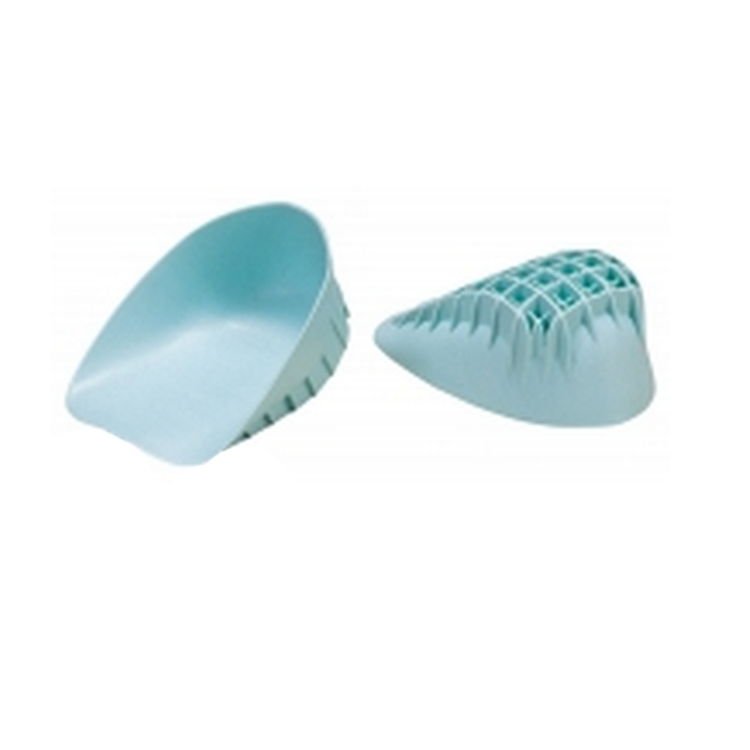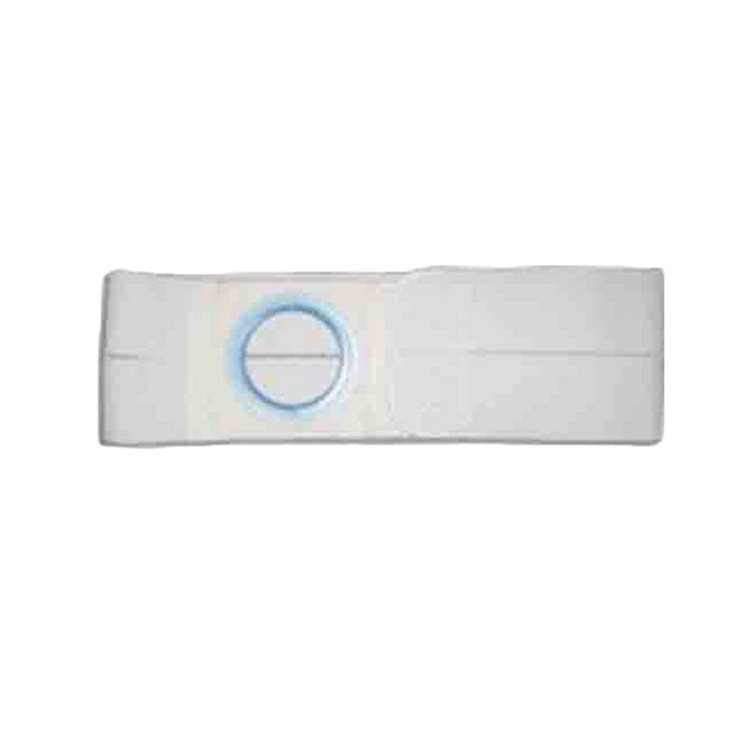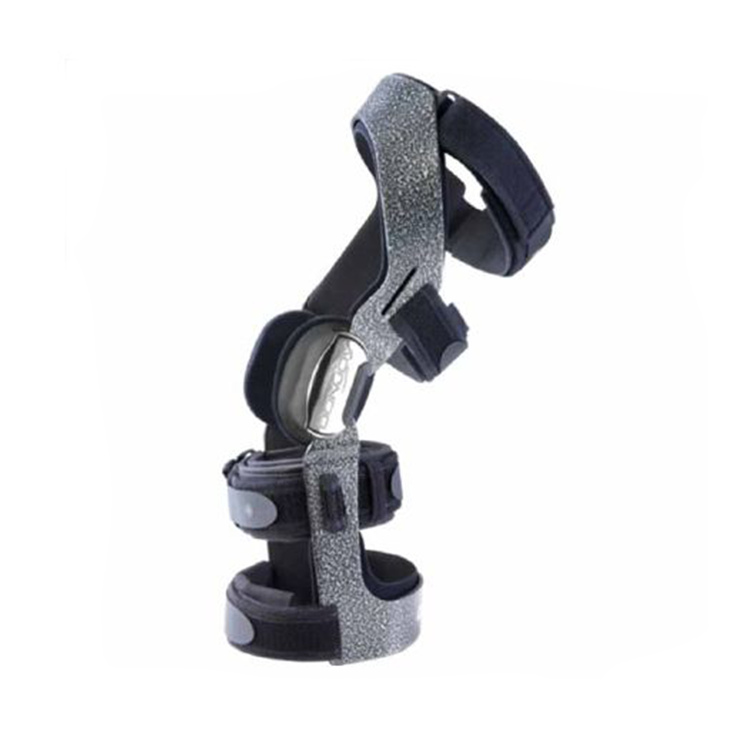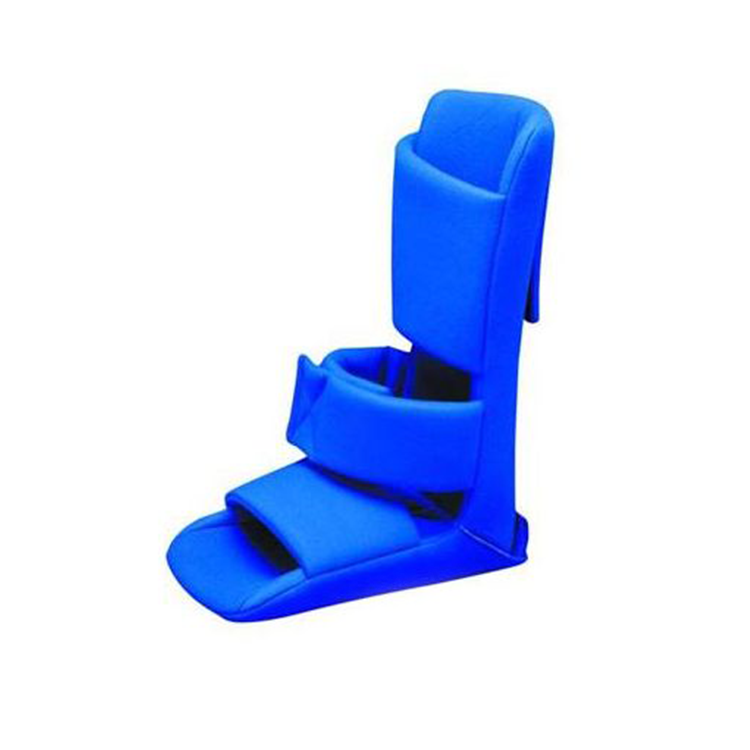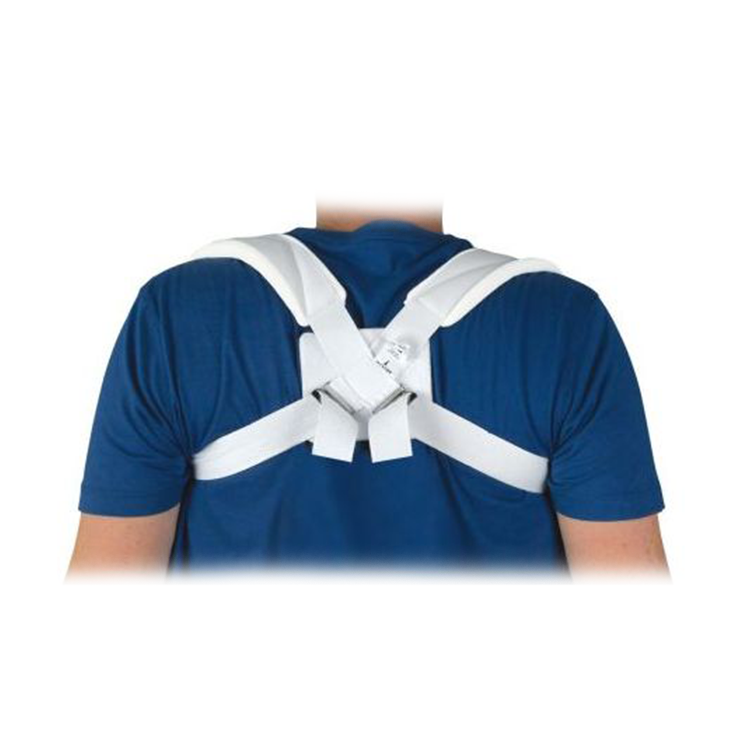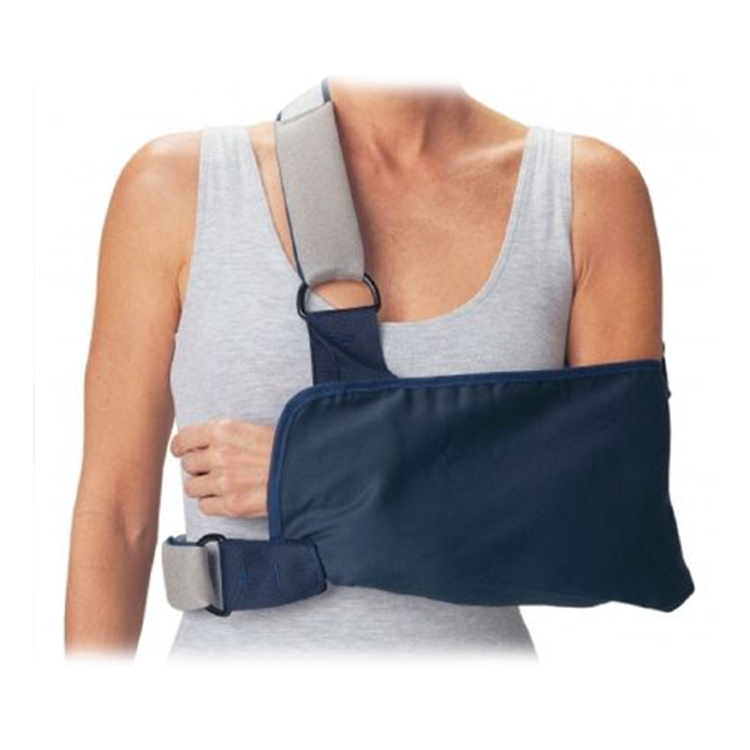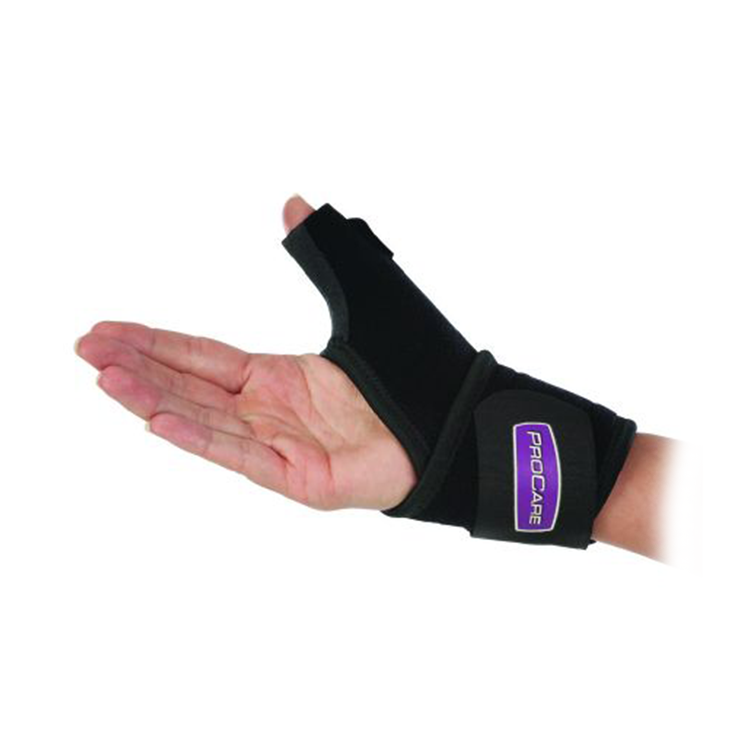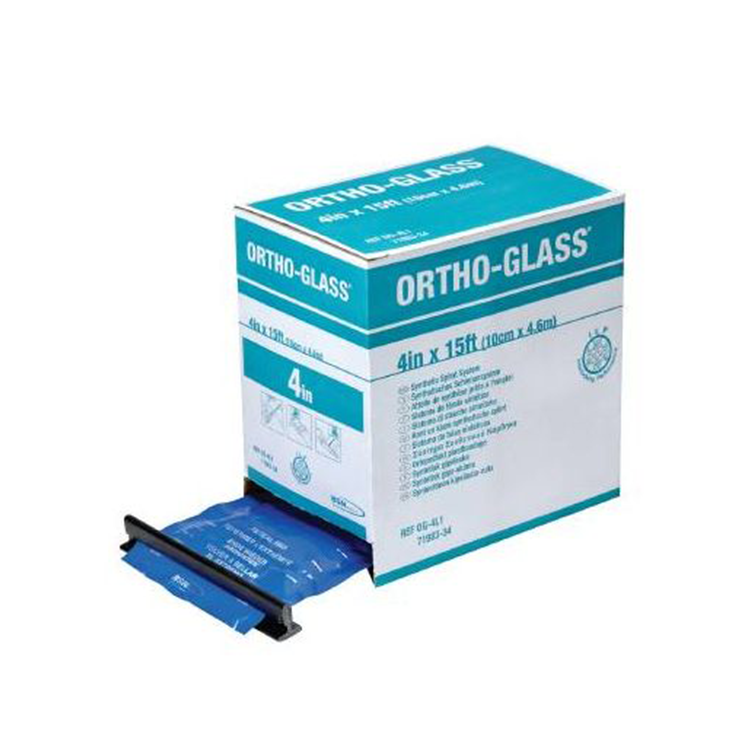Abdominal Binders
Hip Replacement Surgery: A Guide to Preparedness and Recovery
Hip replacement surgery is one of the most common surgeries performed today on aging Americans. Innovation in materials science has led to stronger, more durable hip implants allowing very low risk of long-term breakdown or complications.
For individuals suffering from arthritis and inflammation of the hip joint, or even athletic injury, there are many advantages to hip replacement including increased mobility and decreased joint pain. In the procedure, the top of the femur (thigh-bone) is removed and the hip socket emptied of worn-down cartilage and bone. A ball and socket joint is implanted consisting of a titanium composite rod with a ceramic head, which rotates inside a high-density plastic socket. Bone cement is used to fix the metal rod in the femur.
While hip replacement surgery itself is generally safe, with low risk of post-operative indications, there are some important steps to take to insure that rehabilitation after hip replacement surgery is as easy as possible. There are a number of important factors to consider both before and after hip replacement:
For the first few days following hip replacement surgery patients are confined to a hospital bed and after returning home or to care facilities work with physical and occupational therapists over the course of weeks learning to walk on their new hip. Walking exercises begin with crutches, and eventually require use of only a cane or walker until stability is achieved.
Many movements are restricted to insure the hip is not dislocated and the hip replacement does not have to be repeated. One of the most important is that the patient cannot lean forward, either while sitting or while standing, i.e. bending down. Anything small and out of reach below waist level should only be retrieved by another person, or by using a grabber reacher. These devices are handy in many situations, but essential when recovering from hip replacement.
Any seating must be done on a surface which is raised so that the legs and torso never come closer to each other than a 90 degree angle. There are several affordable options for augmenting existing seating surfaces. Raised toilet seats and toilet risers are impermanent and can be easily installed on almost any style of toilet. Specialty hip chairs are also sold which can be adjusted to just the right height for anyone recovering from hip replacement surgery.
Putting on clothing below the waist is extremely difficult without bending. There are several products which can enable a hip replacement patient to get dressed independently, including a dressing stick, shoehorn, sock aid, and elastic shoelaces. You can find these items and more in a hip replacement kit.
Muscle weakness in the operating leg after hip replacement is also an issue, especially in getting in and out of bed. A leg lifter can assist with getting the legs on to the mattress without strain and bed rails provide easy leverage for moving. There are several models of bed rail which do not require installation and are small enough to enable transfer in and out of any size bed.
Other movements which are restricted after hip replacement include putting one leg over the other or contorting the hips too much. In the case of getting in and out of the car without transferring to a seated position, this can be difficult. The swivel seat cushion allows turning without torsion and is another item which remains useful once full mobility is achieved.
As part of long-term hip replacement rehabilitation, it is important to exercise the leg muscles following weeks of limited use. Initial exercises must also be low impact in order to insure the hip joint heals properly. One of the best ways to work leg muscles after hip replacement without putting strain on the hip is by using a pedal exerciser such as the Chattanooga Deluxe Pedal Exerciser. For added benefit, this machine can also be used for exercising the arms.
One of the worst complications after a hip replacement is developing blood clots in the legs. Patients who must wear anti-embolism compression stockings following surgery are oftentimes recommended to continue wearing them to protect against poor circulation. There are many different styles and colors of compression stockings and socks for both men and women, and in addition to promoting good circulation these items can reduce swelling and leg fatigue.
The most important consideration of all before hip replacement surgery is insuring that restrictions to your mobility will not limit the routines and functions you perform every day. With plenty of foresight before a hip replacement, this uncomplicated surgery can end in an even less complicated recovery.

